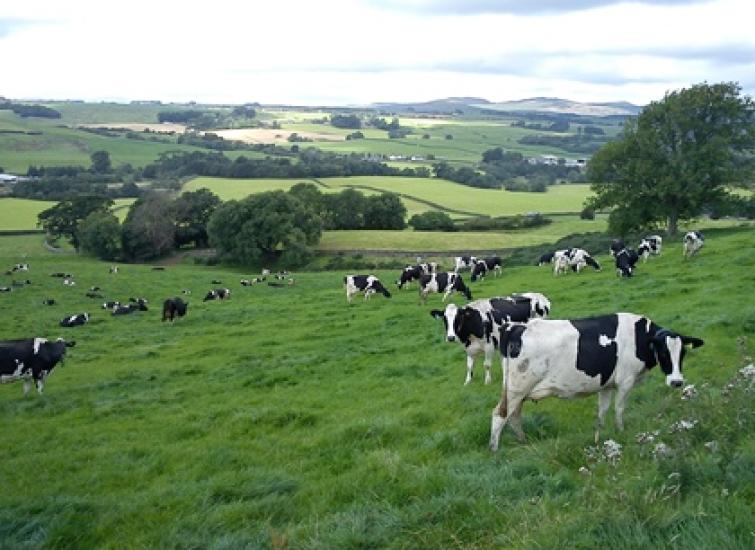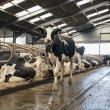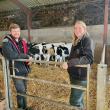Managing Dry Cows at Grass
Minimising the risk of clinical and subclinical milk fever and consequential metabolic disorders

Whilst keeping dry cows out at grass eases the workload, if an effective milk fever prevention plan isn’t in place, then it’s a decision that can prove to be a very costly mistake.
Clinical milk fever incidence is currently running at around 10% in UK dairy herds, and costing approximately £200 per cow. Subclinical milk fever can affect between 15% and 75% of the herd, it’s unrecognisable and generally remains untreated. Furthermore, milk fever is the gateway to most other metabolic disorders. Cows suffering from milk fever due to a drop in calcium levels around calving, are between four and nine times more likely to suffer from a miscellany of other metabolic orders, many of which are related to each other.
Why the risk for dry cows at grass?
Grazed grass has many negatives in terms of both chemical and physical properties.
Chemical: fresh grass can contain an over-supply of potassium. In short, potassium interferes with the cow’s ability to switch on her ‘calcium making’ mechanism; slowing it down when she needs calcium most - at the point of calving. Now some argue that supplying calcium coming up to calving can help, often it can, but results are very variable, the fact is that her requirement for calcium is much higher than any amount supplied through diet. Consequently, feeding calcium runs the risk of slowing down her own calcium making mechanism whilst also leaving her short of supply. A double hit for the cow.
Physical: grass does not promote rumen fill and despite being a natural product, it can slow down rumen function. So, what is the solution for dry cows in the grazing season?
Far off dry cows: intakes need to be controlled in order for cows to maintain condition score 3. Dry cow studies, most notably by Prof David Beever, have repeatedly shown that these cows will over consume energy, often up to and as much as 60% more than requirement. Typical older pasture will range from 10ME to 11.5ME. An average 680kg Holstein Friesian requires 100MJ
to 110MJ of energy; consequently, she can only afford to eat 11kg of dry matter whilst grazing 10ME pasture without supplements. Put the same cow onto 11.5ME grass and her limit is 9.5kg of dry matter.
Keeping a high stocking density is crucial, knowing grass cover helps to calculate where you need to be to manage those intakes. Also having straw available helps to create rumen fill and keep the cow full.
Two weeks prior to calving: to achieve a successful transition, take proactive full control and house.
To help start preparing the rumen for a successful lactation offer a diet comprising high quality protein – 13% to 15%CP with a starch level no less than half the level fed to the milking cows, or 8% if milk cow diet is unknown. Introduce fibre, preferably chopped wheat straw along with some farm forage.
To achieve the correct calcium balance around calving: X-Zelit, an innovative prevention strategy featuring a calcium binding additive containing synthetic zeolite, developed to bind calcium from the small intestine during the last two weeks prior to calving. X-Zelit forces stimulation of the hormonal system to allow absorption of calcium from body reserves and to mobilise calcium release from the skeleton. When supply stops at calving the hormonal system is primed and ready to absorb calcium and supply the blood with the necessary calcium. Cows are subsequently more energetic, have higher feed intakes and are ‘ready to go’ consequently they are less likely to fall in to energy deficit and also suffer fewer metabolic issues.
〈 BACK














